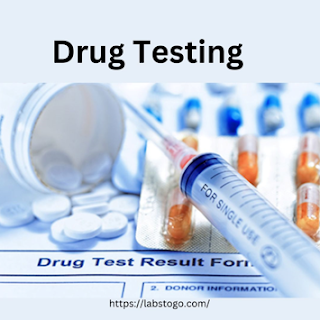Gender Reveal Test Kits: Answers to Your Most Common Questions
So you’re expecting a baby — congratulations! Along with all the excitement comes a flood of questions about the little one on the way. One of the biggest questions for many parents-to-be is whether you’re having a boy or a girl. While you could wait until the 20-week anatomy scan, at-home gender reveal test kits offer a fun way to find out even earlier in the pregnancy. If you’re curious about how these kits work and whether they’re right for you, you’ve come to the right place. We’ve got the answers to your most common questions about at-home gender reveal tests. Keep reading to learn how early you can take one, how accurate they are, which brands are the best, and more. Before you know it, you’ll be planning the perfect gender reveal party to share the news with friends and family!

Types of Gender Reveal Test Kits
So you want to do an exciting gender reveal for your baby on the way — congrats! The first step is picking out a gender reveal test kit. There are a few types to choose from:
Blood test kits are very accurate and can tell you the baby’s sex as early as 7 weeks into pregnancy. A lab will analyze a blood sample from the expectant mother to detect male or female DNA. These tend to be on the pricier side, ranging from $200 to $500, but many parents feel the early and highly reliable results are worth it.
Urine test kits, or over-the-counter kits, have you collect and mail in a urine sample to be tested. They can determine gender at about 10 weeks and cost between $40 to $200. The results typically come back within 3 to 5 business days. While not quite as accurate as a blood test, many parents find urine tests sufficient, affordable, and convenient.
At-home kits allow you to do the test yourself with a urine sample and get the results instantly. They work from about 10 weeks on and range from $40 to $80. However, at-home kits can be less accurate, often giving false results. For the most reliable at-home option, look for a kit that tests for the presence of Y-chromosomes, which indicate a male baby.
As with any at-home medical test, gender reveal kits are not 100% accurate and errors can occur. For the most reliable results, you may want to consider getting an ultrasound at around 20 weeks to confirm the baby’s gender before announcing it. But for many parents, these kits are an exciting way to find out — with pretty good odds of being right!
Whichever option you choose, gender reveal kits offer a fun way to discover if you’re having a little prince or princess. Best of luck and let the countdown to your gender reveal party begin!
Conclusion
So there you have it, the answers to your most burning questions about gender reveal test kits. Now you can go into the experience feeling fully informed and ready to find out if you’re having a little boy or girl. The most important thing is that you do what feels right for you and your partner. Some couples want an intimate reveal with just the two of them, while others prefer to share the news with friends and family. However you choose to do it, make it a memorable moment you’ll cherish for years to come. Before you know it, you’ll be holding your baby boy or girl in your arms. Best of luck!



Comments
Post a Comment